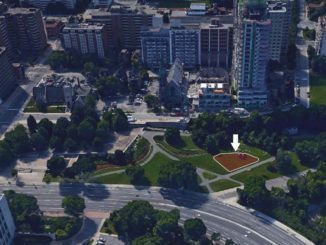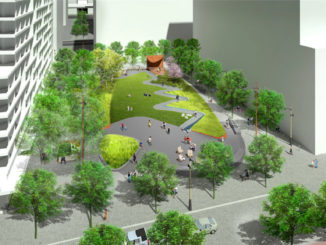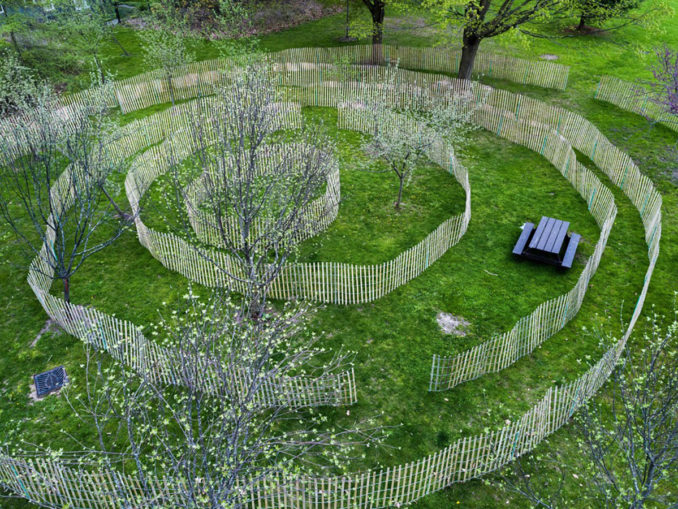

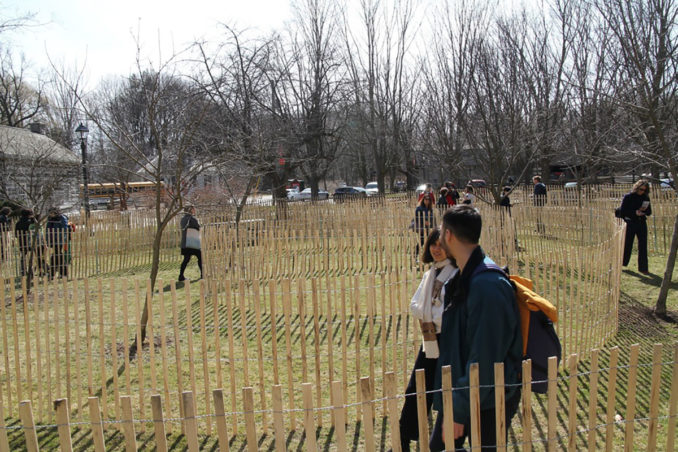
While barriers are often implicated in larger concerns related to control and power structures, fences can also provide security and sanctuary. Drawing out these tensions, LeuWebb Project’s site-specific work ‘Long Division’ uses the fence as a starting off point to consider how the land around Mississauga, Ontario’s Bradley Museum has been occupied, settled and colonized.
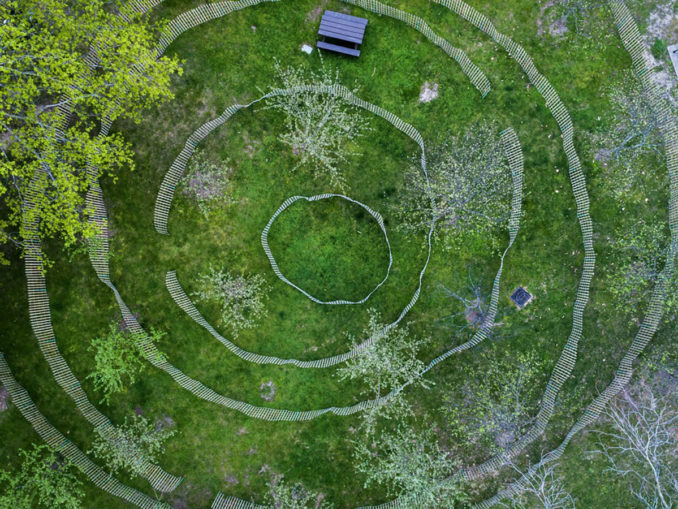
The land art installation features a series of loosely concentric rings with discrete openings, inviting participants to move within the layers of fencing, ultimately drawing people to the impenetrable centre ring. Looking both forward and backwards, LeuWebb’s ‘Long Division’ calls into question the site’s origins and settlement while looking to the fence to expand outward to the current and near-future ideas of nation and boundary, the impermeability of borders and the shifting relationships and attitudes toward migrant’s and refugee’s freedom of movement.
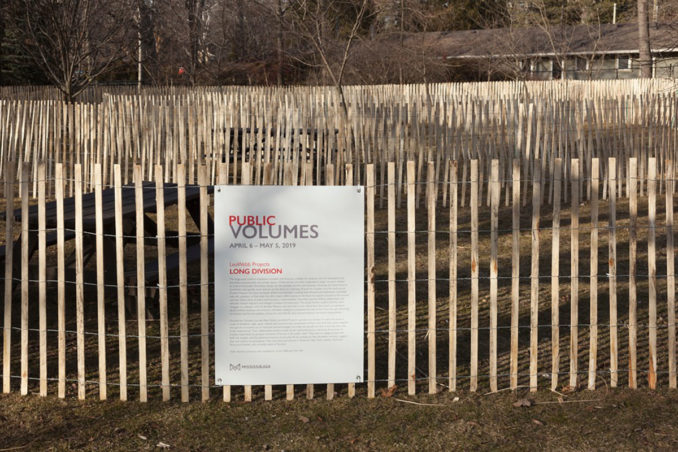
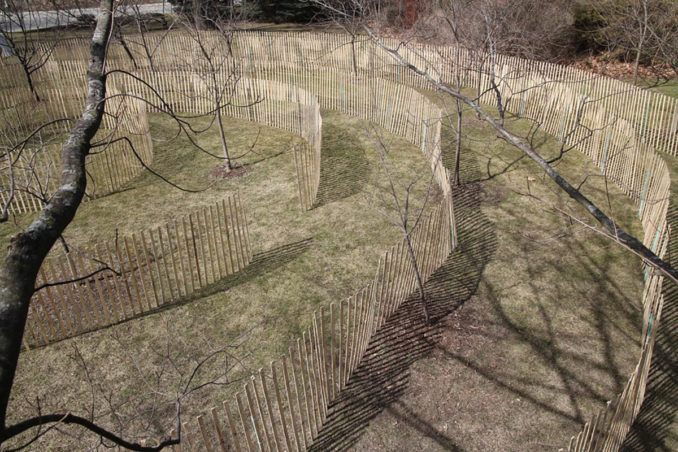
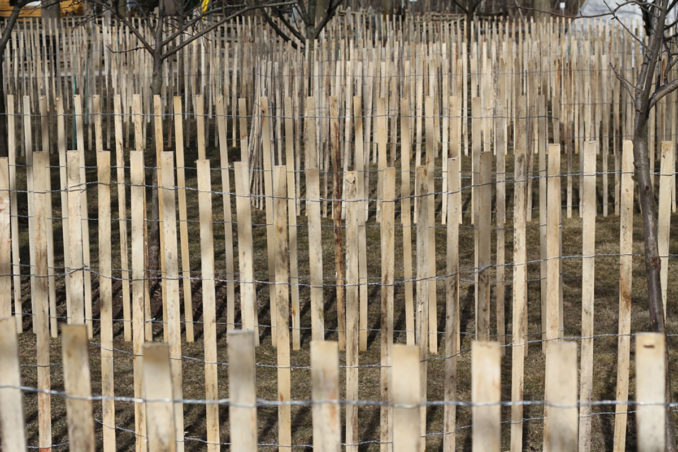
The artists further explain that this work “engages in a dialogue with the Bradley Museum site and adds a new critical layer that opens up questions about control, exclusion and inclusion, ultimately seeking to complicate the idea of fence through subverting its function and formal qualities, inviting the potential for play and participatory structural manipulations.”
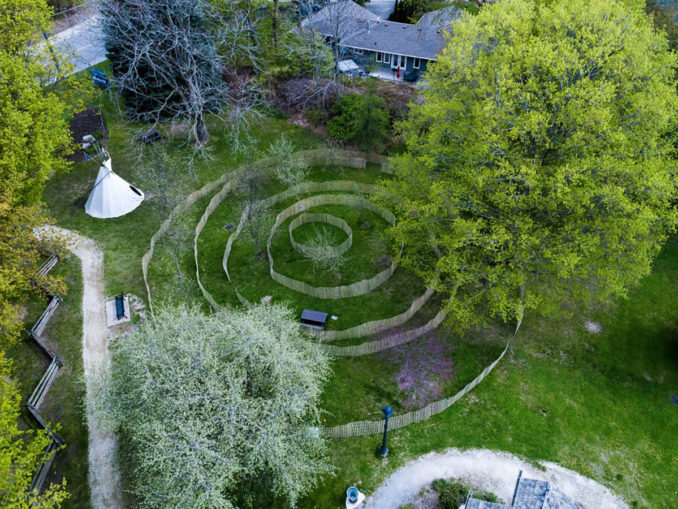
The work was commissioned for the ‘Public Volumes’ exhibition, May 2019, curated by Noa Bronstein, and including artists Joi T. Arcand, Germaine Koh, Morris Lum and others, in Mississauga, Ontario, Canada.

